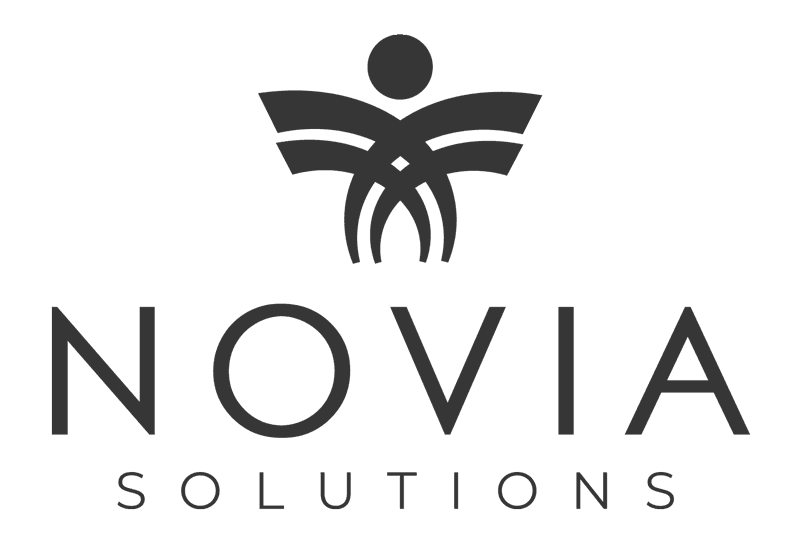As the focus of healthcare continues to evolve with the industry itself, preventative care has risen to the forefront of the industry. While clinicians aim to educate patients on how best to achieve and maintain proper health, significant disparities in the level of health education that is available to different socio-economic groups still remain. Unfortunately, many of these social determinants affect wellness outcomes which can in turn be financially draining for hospitals. Below are six steps healthcare providers can take to identify and address the most financially draining social determinants of healthcare (SDH).
- Analyze and identify needs. Clinicians should analyze both quantitative and qualitative data in order to identify social determinants with the highest costs and poorest outcomes. To add, “inputs include clinical, cost, and public sector data, plus insights from key informants who understand target populations’ needs. Next, providers and community partners should perform an objective gap analysis to understand the technology, process, behavioral and cultural elements that need to be addressed, including those shared by target populations in focus groups or field interviews”.
- Find collaborative solutions. To tackle social determinants, the collaboration between healthcare providers and community coalitions is essential to developing cohesive care solutions. In order to do so, “reasonable consensus must be developed on how outcomes and key process measures are tracked, plus how this information is reported and disseminated. Progress against defined metrics should be evaluated regularly to identify improvement opportunities”.
- Invest energy rather than financial resources. Healthcare organizations stand to benefit more by allocating manpower into finding SDH solutions rather than simply investing financially. This is to say that, “many SDH factors can be addressed without large technology and analytic investments, so providers should resist unnecessary infrastructure. Less complex solutions are often the best option to quickly achieve cost reduction and improve outcomes, plus they allow for greater flexibility when course corrections are needed”.
- Promote transparent communication. In order for SDH programs to be successful, it is essential to build strong communication strategies within target populations in order to build awareness. In an effort to make SDH solutions more accessible, “venues can range from churches and barbershops to ERs and food pantries. Beyond beneficiaries, providers and community partners must be visible, passionate communicators of the program. Leadership communication is particularly important during the early phases of development and deployment, and ongoing communication reinforces organizational commitment”.
- Create rewards. Of course, like any other program, rewards can be used to incentivize behavior changes. Rewards can be issued in a variety of different ways, ranging from formal rewards “like issuing rewards cards for making healthy food purchases or holding diploma presentations for graduates of health education programs—or informal, such as offering simple praise”.
- Establish change mechanisms. It is important to establish programs and change mechanisms in a way that makes them scalable for the future. In an effort to “shape and sustain change, providers should use every opportunity to share the story and celebrate success. Capstone celebration events to mark milestones reinforce positive behavior, as do stories about the positive impact the program has had on a person’s life. Programs should also incorporate mechanisms for continuous learning and improvement”.
To learn more about our leadership opportunities, visit our website to speak with a recruiter today. Or, follow us on LinkedIn to receive updates about our hot jobs.
In case you missed it:
Source:
Abrams, M., Phillips, G. (March 7, 2019) Industry Voices—Six keys to focusing on social determinants with the biggest economic impact


